Anatomy of a Roof...

Table of contents
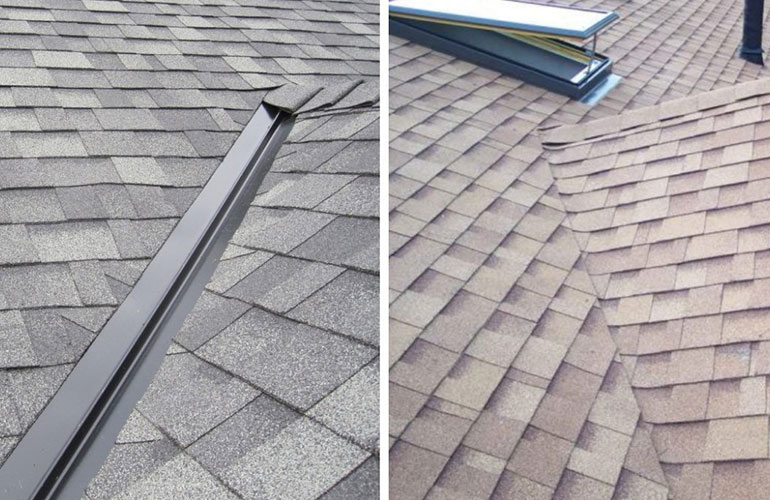
Valley
A roof valley is the most important part of your roof because it’s where water pours down to prevent flooding in the basement. The metal channels that form at each fold allow rainwater to pour off before causing damage.
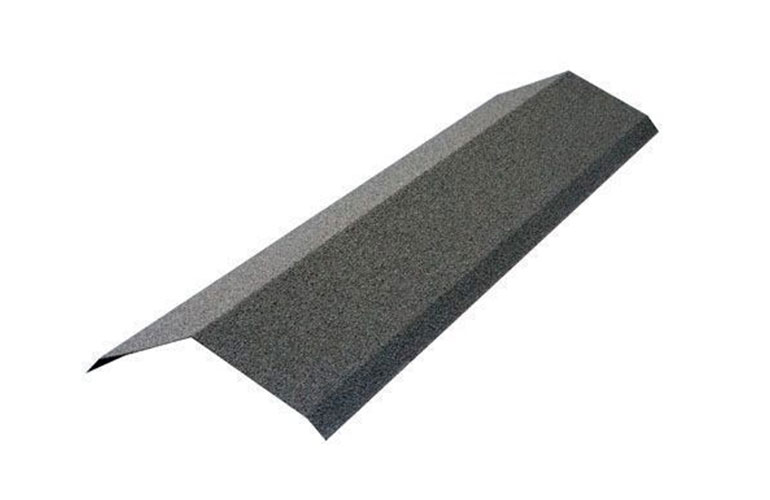
Ridge
The ridge of a roof is the highest point on any given roof. As such, it’s crucial to take good care of your shingles here because they’re most likely exposed to not only heavy wind but also hot sun and rain that can cause them more than just wear-and-tear over time.
The installation of the ridge cap, or crown molding on a home can be problematic if done incorrectly. This area requires special attention to detail as it is the highest point on the roof, and needs to be installed correctly in order for water not to leak into your attic space.
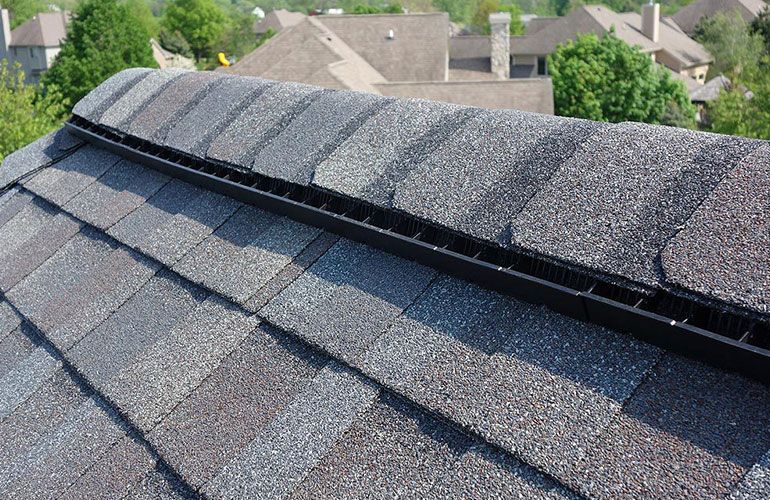
Ridge Vent
The ridge vent is an air exhaust vent installed on the peak of a roof. It helps provide continuous, uniform exhaust ventilation at the highest portion of your attic and can be used to resist wind-driven rain or snow.
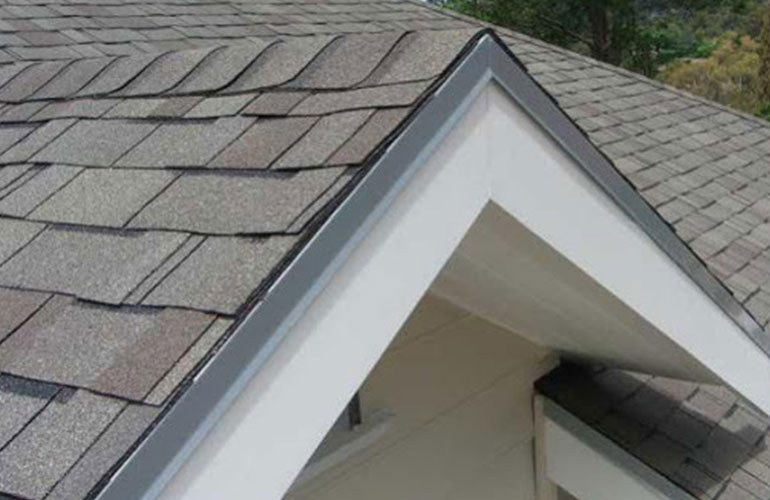
Rake Edge
The roof rake edge is a critical component of the drainage system for your home. Installed to cover where your siding meets with the roof, it has an important function: catch water so that it doesn’t flow down and damage other parts of your house.
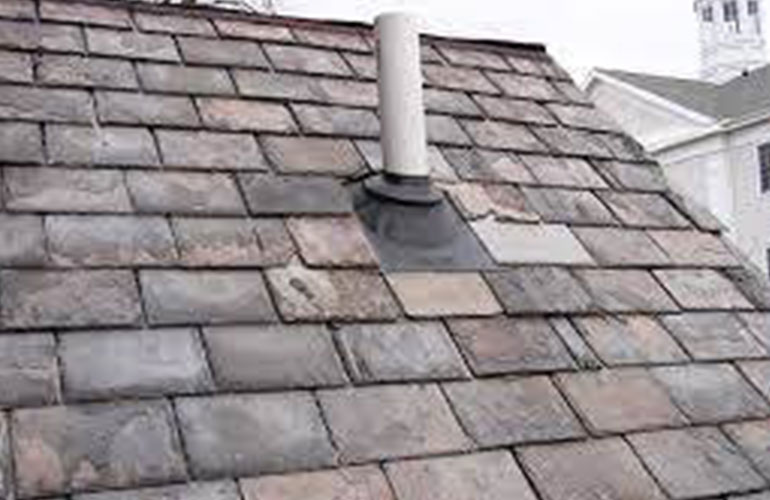
Soil Stack
A soil vent pipe (SVP), also known as a soil stack pipe, drain-waste-vent or vented discharge pipe is typically an upright vertical pipeline that removes sewage and greywater from the building. It will often be attached to the exterior of a structure and connects with one point just above roof level on the gutter system. This allows for more natural water flow which can help prevent issues such as wall rot caused by excessive moisture seeping into them during heavy rainfall conditions.
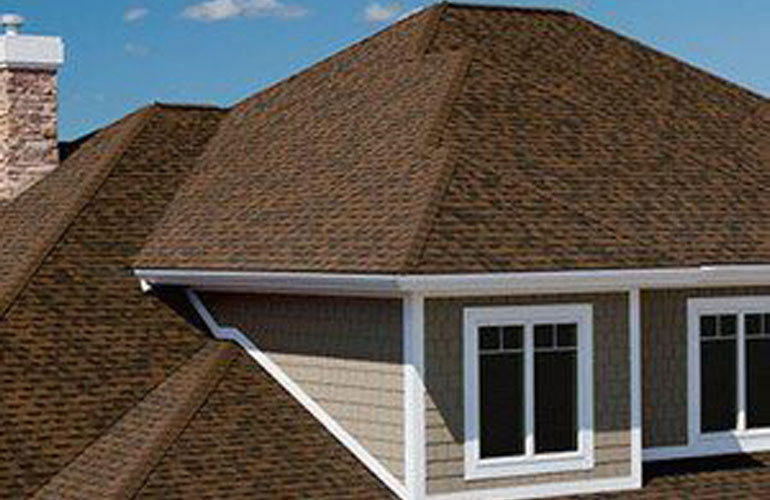
Hip
Hip roofs are a popular roofing style in modern construction because of their efficiency and wide range. The hip end is the point where two angled sides meet at the top, which can be seen as triangular shape on the sloping surface when looking from above.
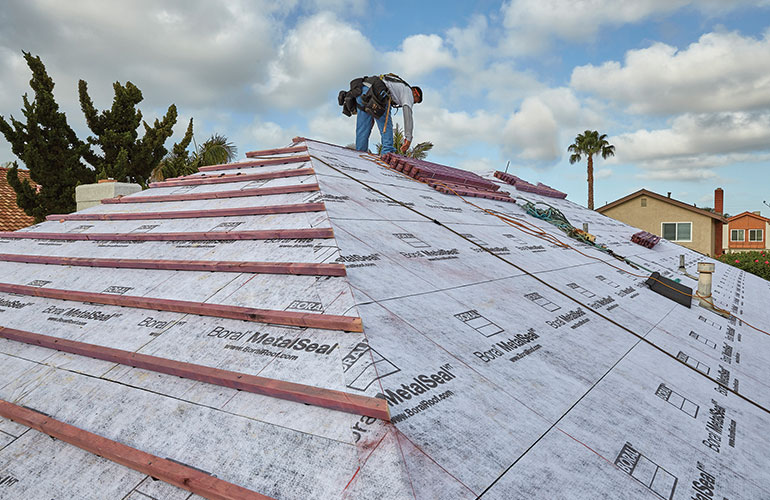
Underlayment
Roofing underlayment is a water-resistant or waterproof barrier material installed directly onto your roof deck. It’s applied under all other roofing materials as an added layer of protection from severe weather such as rain, wind, and snow. Roofs with seams between shingle layers are especially vulnerable in the event that they leak due to improper installation which can be resolved by adding this secondary protective layer.
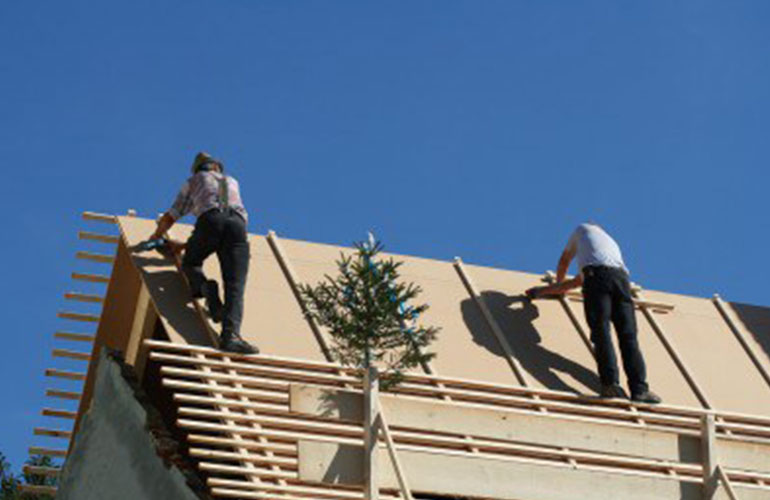
Deck
The roof decking is the foundation of your home and should be treated with care. It’s a necessary part that connects the house to its roof, laying in place on top of whatever type you have installed for support before it can then carry weight from anything else sitting atop.
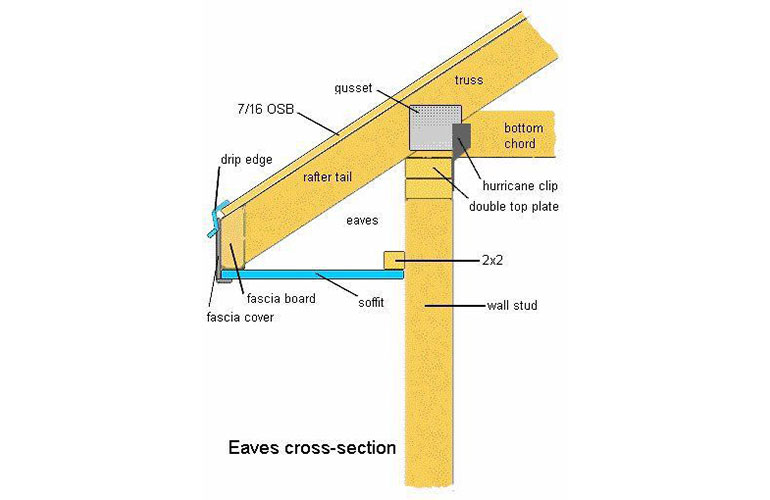
Eave
The eaves of a house are the edge that overhangs from your roof and can protect the siding by deflecting rainwater away. The soffit is just below where water will run off, like an umbrella handle for your home’s foundation. They’re also responsible for capturing all sorts of leaves during autumn months.
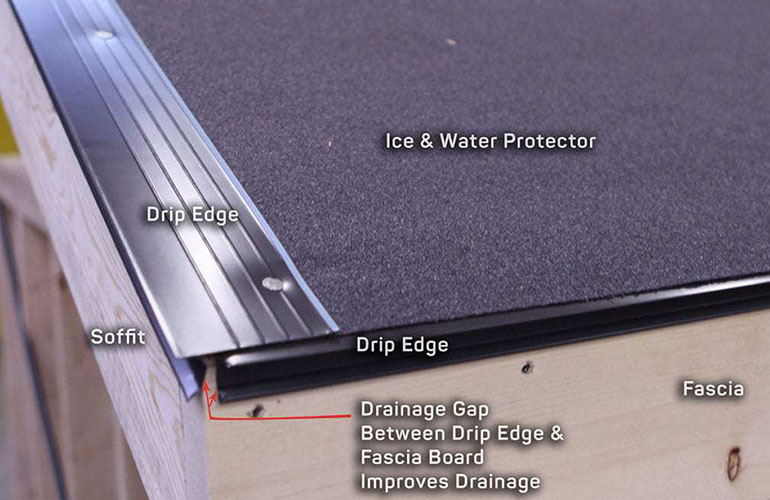
Drip Edge
Professional roofers know that drip edges are an important part of any rooftop. Drip edge flashing, also called a “D-metal,” directs water away from the fascia and into the gutter to protect your home’s most vulnerable areas – usually where shingles meet siding or rafters. Without it, water may end up under shingles and cause damage to parts of your home.
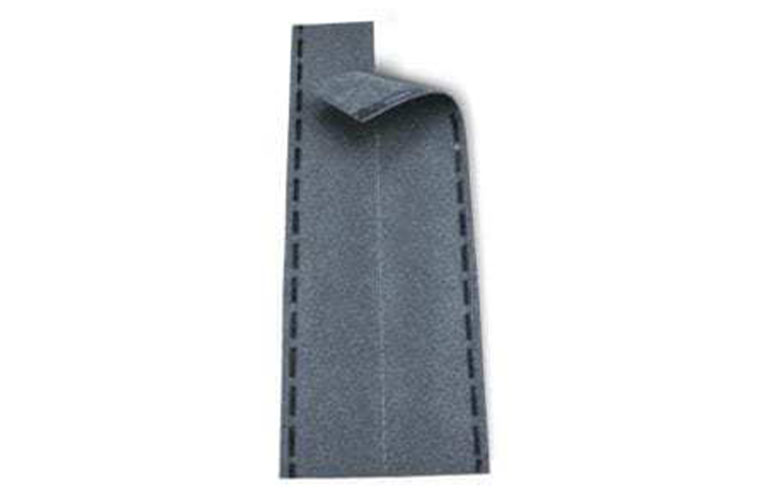
Starter Shingles
The starter shingles are the first pieces of a roof to be laid. They’re often covered in natural, darker granules and made out of generic rectangular shapes that can work with any other style overlying them.